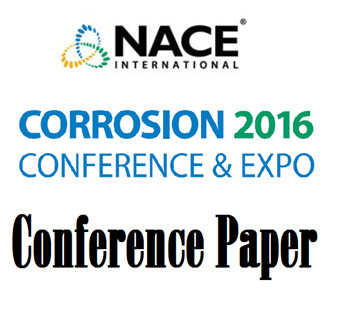Search
51314-4272-Challenges in Pre-Qualification Corrosion Testing of CRAs based on ASTM G48
Also Purchased
51316-7198-Comments on ASTM G48
Product Number:
51316-7198-SG
ISBN:
7198 2016 CP
Publication Date:
2016
$20.00
What’s Wrong With ASTM G48 Qualification Test in Duplex SS Welds?
Product Number:
51319-13118-SG
Publication Date:
2019
$20.00
51314-4249-Contact and Optical Profilometry for Quantitative Characterisation of Pitting Corrosion
Product Number:
51314-4249-SG
ISBN:
4249 2014 CP
Publication Date:
2014
$0.00




